5083 Aluminum Plate Sheet
Alloy 5083 Aluminum Plate
Sheet
Alloy 5083
aluminum plate sheet have higher strength than 5052 plate and has exceptional
thermal conductivity. In the tempered condition, it retains good formability due
to excellent ductility. It is highly suitable for welding and can be hardened by
cold work. Because Alloy 5083 exhibits excellent resistance to general
corrosion, it is used in marine applications. Since Alloy 5083 is capable of
withstanding extremely low temperatures without brittleness or loss of
properties, it is especially suited to the cryogenic market.
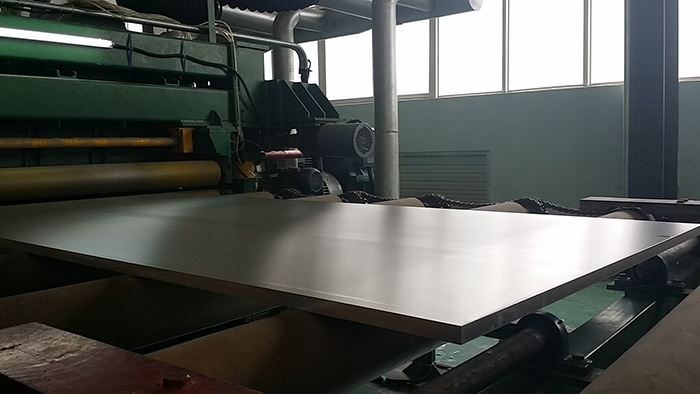

Alloy 5083
aluminum plate sheet is a non-heat-treatable 4½% magnesium, 0.15%
chromium, 0.7% manganese alloy commonly available in flat rolled plate from a
range of producing mills. Like all the 5000-series high magnesium alloys 5083
achieves a high strength by cold working,enabling a series of “H”
tempers; 5083 is the
highest strength of any of
these alloys.
Alloy 5083 aluminum plate
sheet is best known as a plate for ship building.
Corrosion
Resistance
Excellent in a
wide range of atmospheric environments, in food processing and architectural
applications. The principal application for 5083 is marine environments. The
magnesium content is more than 3½% Mg, so this alloy can be susceptible
to stress corrosion cracking, which limits its application temperature to below
65°C and also limits the amount of cold work to ¼ Hard.
Special intergranular
corrosion and exfoliation corrosion tests are carried out to certify 5083 for
marine applications .
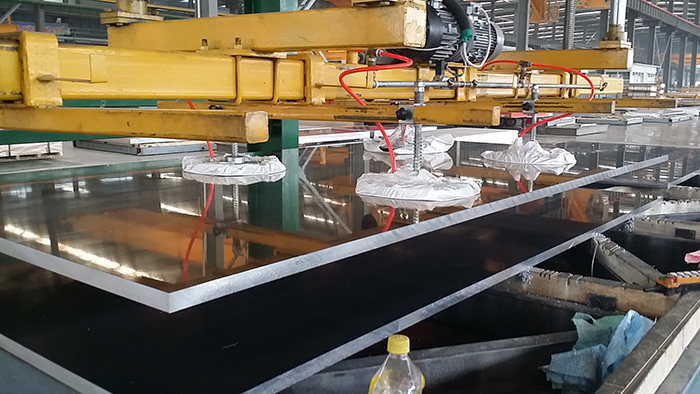

Heat
Treatment
Alloy 5083 is
not hardenable by heat treatment. It can be HWALUficantly hardened by cold work
(eg by cold rolling) and various “H”tempers are produced –
most commonly H32 (¼ Hard) or the similar strength marine tempers H116
and H321 – as well as the soft annealed Temper O condition.
The alloy spontaneously
age-softens at room temperature immediately after cold work but will eventually
reach a stable condition; all flat rolled mill products are supplied with stable
properties. This is usually achieved by a stabilisation thermal treatment as the
last operation which results in the H32 or H321 tempers. H112 temper is strain
hardened as the final operation, again to quickly reach the required stable
temper properties. To soften Alloy 5083 it can be annealed by heating to
345°C, hold until uniform temperature then cool; the rate of cooling is not
important.
Welding
Excellent weldability by all
standard electric and resistance methods; gas welding is not recommended. GMAW
and GTAW are preferred and widely used to produce structural welds. When welding
5083 to itself or another alloy in the 5xxx series, the recommended filler metal
is 5183. Other fillers are possible. Welding of strain hardened tempers will
reduce strengths in the heat affected zones.
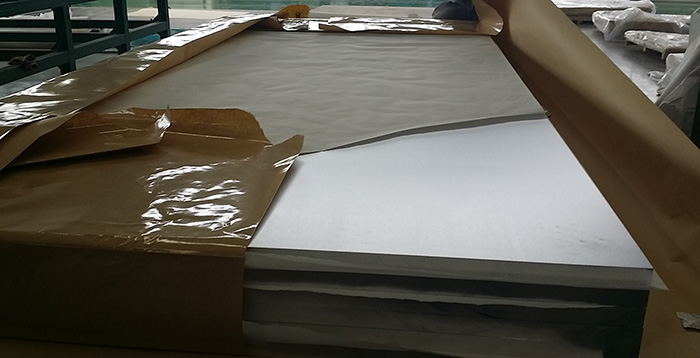

Machining
Machinability of 5083
aluminum plate sheet is poor due to its high strength.
Typical
Applications
Applications:
LNG ship
construction
Pressure
vessels
Storage tanks
Welded structures (high
strength)
Armor plate
Drilling rigs
Plate for ship building,
unfired welded pressure vessels, rail and other vehicles, various structural
applications that make use of the high strength.
Alloy:
5083
Temper: O, H111, H112, H116,
H321,H12,H14, H16, H18, H32, H34, H36
Thickness:
0.2mm--200mm
With:
500mm--2800mm
Length:
1000mm--12000mm
Surface: Mill finish, Bright
finish, paper interleaved, one side film, both sides film.
Chemical Properties
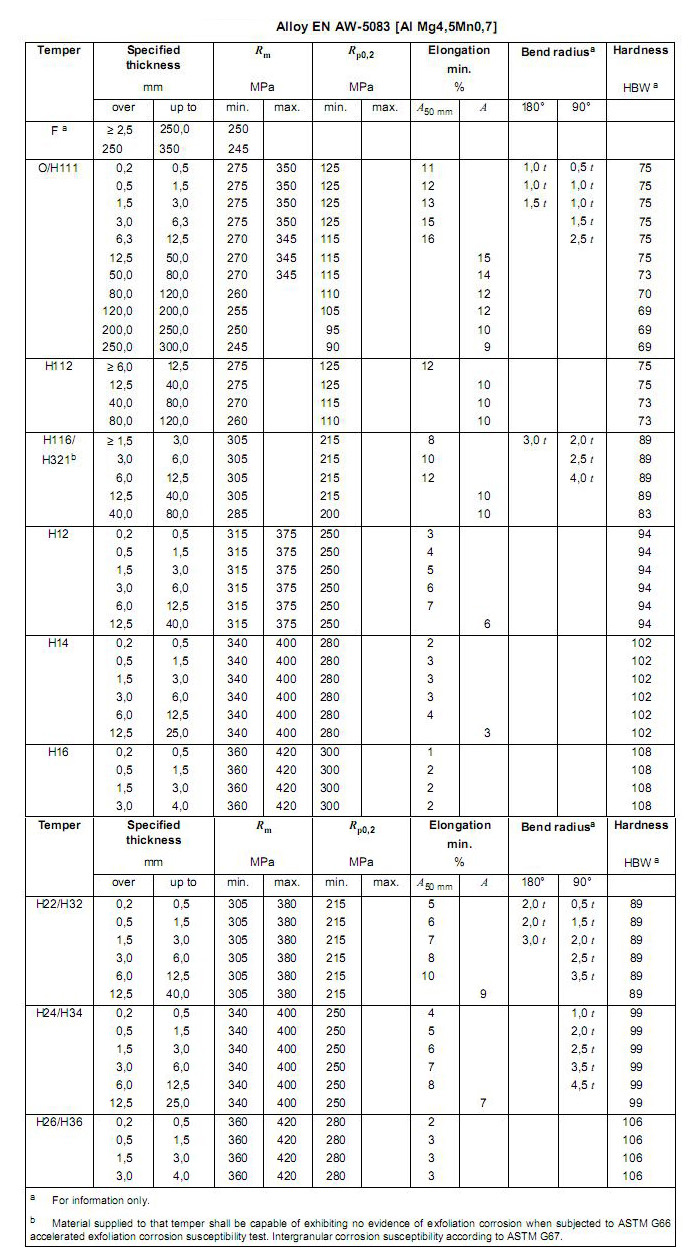
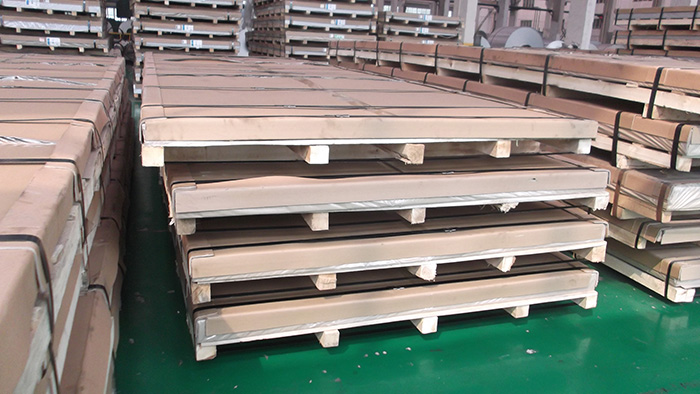
Chemical Properties
| Alloy | Si | Fe | Cu | Mn | Mg | Cr | Ni | Zn | Ti | Ga | V | Others |
Aluminium min. |
|
| Each | Total | |||||||||||||
| 5083 | 0.4 | 0.4 | 0.1 | 0.4-1.0 | 4.0-4.9 | 0.05-0.25 | - | 0.25 | 0.15 | - | - | 0.05 | 0.15 | Remainder |











